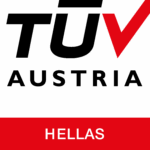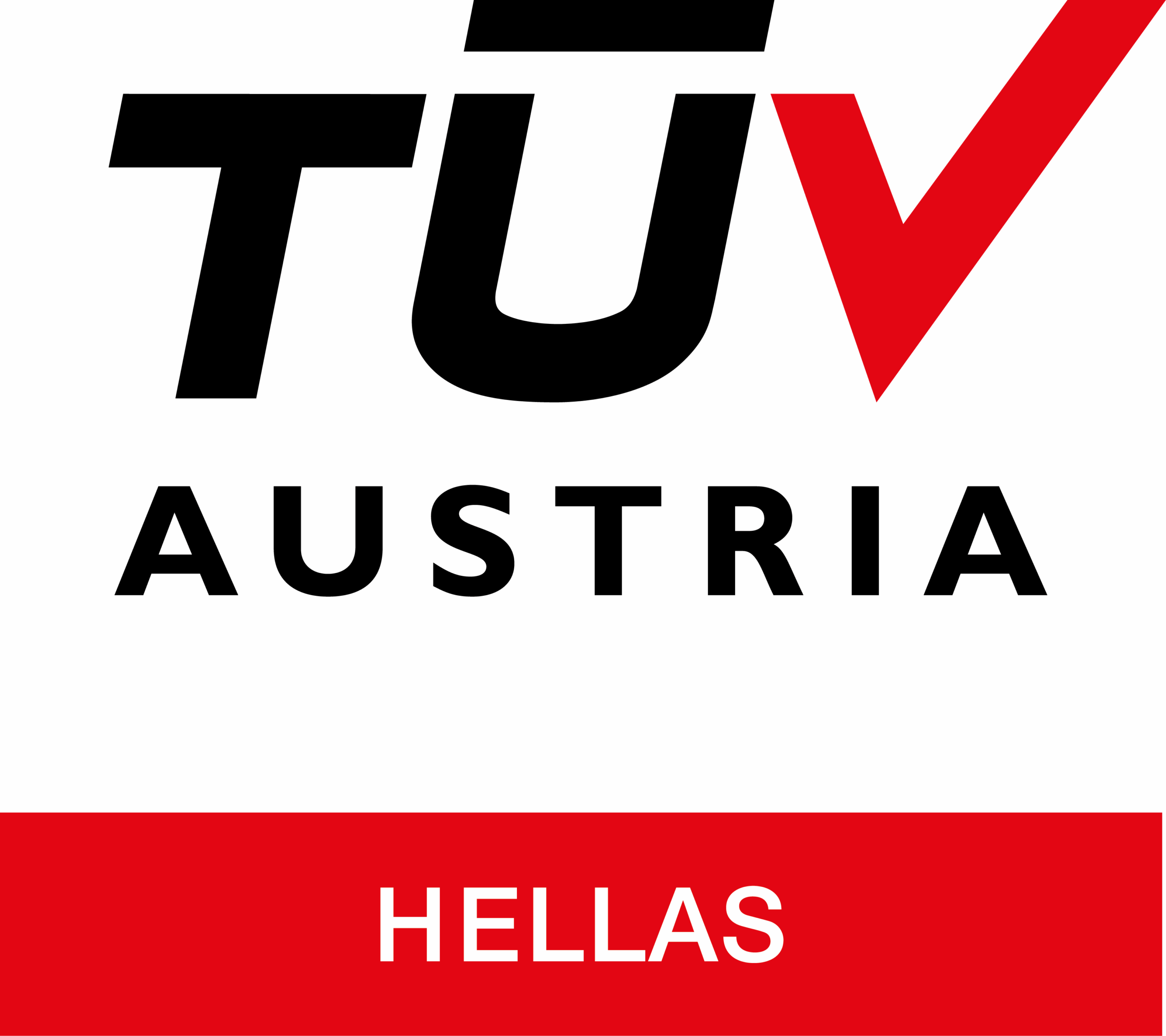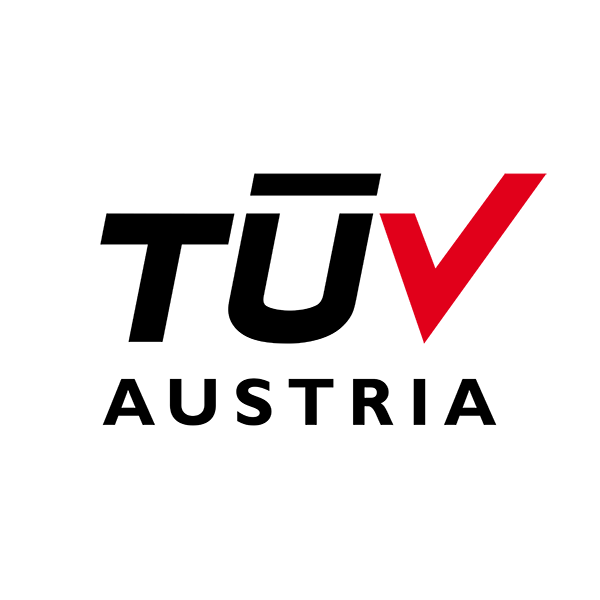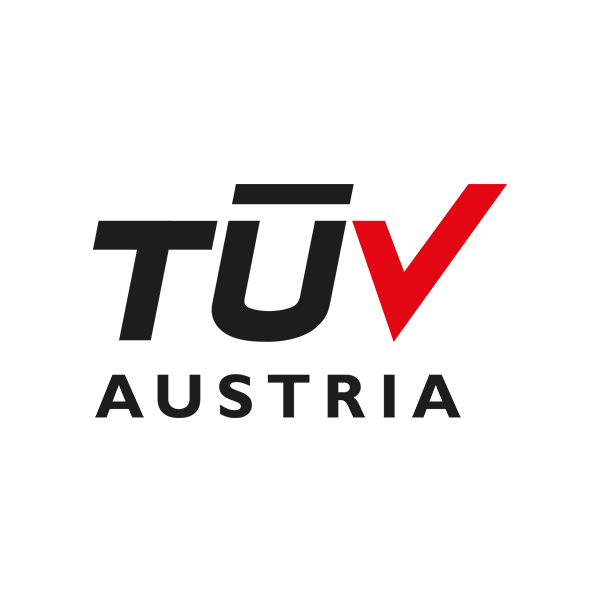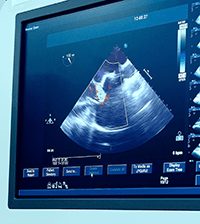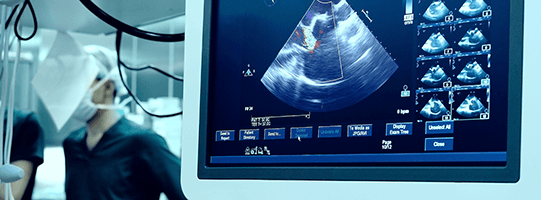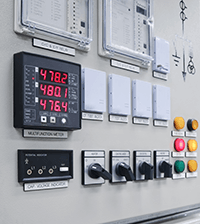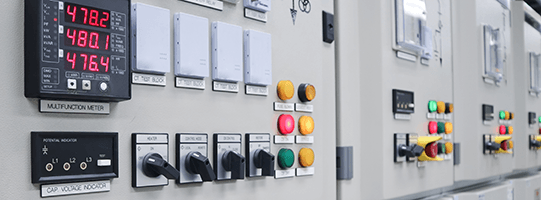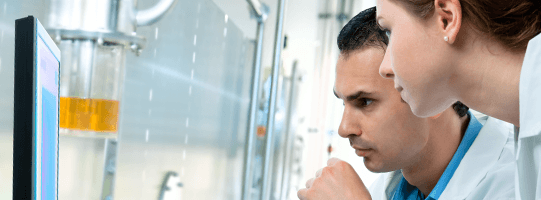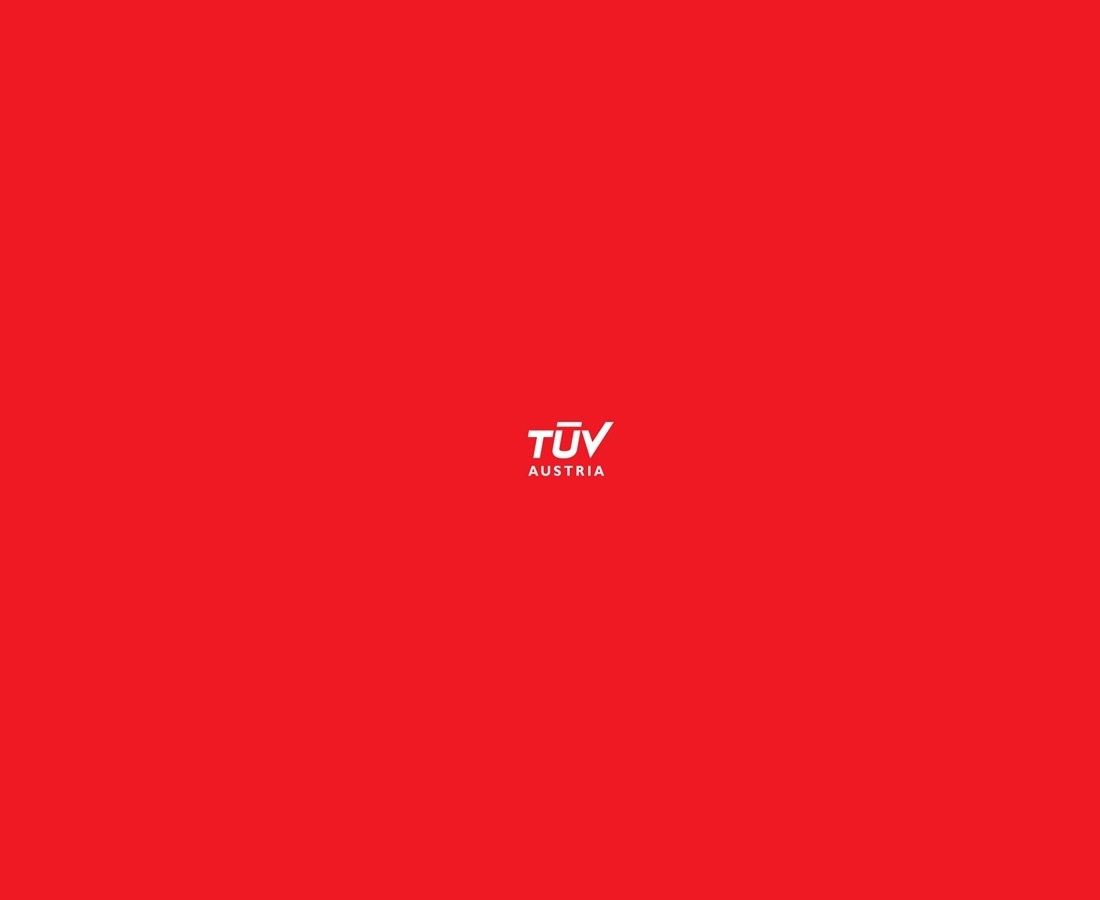Λύση: Quality Management for Medical Devices | ISO 13485
Solution: Quality Management for Medical Devices | ISO 13485
TÜV AUSTRIA Quality Management for Medical Devices ISO 13485
Certification Procedure ISO 13485
- 1.
Briefing
- 2.
Commissioning
- 3.
Pre-audit (optional)
- 4.
Level 1 certification audit
- 5.
Level 2 certification audit
- 6.
TÜV AUSTRIA certificate
- 7.
Surveillance audits
- 8.
Re-certification audit
TÜV AUSTRIA Quality Management for Medical Devices ISO 13485
Information, Target Group, Requirements
ISO 13485 – Medical devices – quality management systems – requirements for regulatory purposes
The medical devices sector is characterized by short innovation cycles with a simultaneously high degree of regulation. Legal conditions have to be taken into account to market medical devices successfully. These conditions are constantly being tightened by legislature, not least on account of product failings that have been reported in the media. The standard ISO 13485 replaced all former versions of the standard on its publication in February 2016. Manufacturers have to satisfy the requirements of ISO 13485 by 28 February 2019 if they wish to retain their certification.
The revised standard covers the complete life cycle of a medical device. To this end, a check is made of whether your quality management system is able to constantly control and manage the life cycle of your medical devices and the associated activities. Unlike in ISO 9001, for example, the focus here is not so much on continuous or constant improvements but on product safety. Special emphasis is hereby placed on risk management. This means that the new standard poses challenges for not only manufacturers of medical devices but also service providers and suppliers.
Special notice:
DIN EN ISO 13485 has not been adapted to the High Level Structure (HLS), as known from the revised ISO 9001:2015. Manufacturers of medical devices who are certified for both ISO 13485 and ISO 9001:2015 must be aware of the structural differences.
The standard can be used for all organizations that have to prove conformity with the applicable customer requirements and laws within the scope of their function in the life cycle of a medical device.
Advantages
- The certification grants access to worldwide markets
- Description of tests and optimization of processes in your company
- Increased efficiency, lower costs and monitoring the performance of the supply chain
- Proof of the manufacture of safer and more effective medical devices
- Conformity with the medical devices guidelines (MDD) and fulfillment of customer expectations
Your certificate is valid for three years and may be used for advertising purposes in accordance with the certification regulations.
Take a look at a sample certificate!
You are free to use the certification logo on your business stationery, website (in each case in connection with your organization), for example. Your planned use has to be approved/confirmed by the certification body for legal reasons.
TÜV AUSTRIA Quality Management for Medical Devices ISO 13485
Certification Procedure
An ISO 13485 certification usually takes between 4 and 6 weeks. We will determine the exact duration, effort as well as the costs together with you before the start of the certification. This is why every certification process begins with a briefing.
1. Briefing
We will explain the procedure to obtain your certificate in a non-binding and free meeting. Amongst those items that will be clarified in this meeting are:
- Basis requirements for your certification
- Goals and benefits of the certification
- Comparison of the business data and definition of the scope of the certification
- Discussion of your specific needs and wishes
Determination of the next steps that are needed for the certification
You will then receive an individual offer that is tailored to your organization on the basis of this briefing.
2. Commissioning
If our offer meets with your approval, the certification body is commissioned. Once you have received confirmation of your order, the certification process begins with a joint agreement of the timetable with the responsible auditor(s).
3. Pre-audit (optional)
A pre-audit can be carried out on request. However, this is not an essential requirement for certification. Either specific areas and/or processes or the overall situation in your organization will be audited on the basis of a jointly defined framework. Any weak spots in the documentation and implementation of the system will be identified here. A pre-audit can provide you with a status report regarding the basic suitability for certification, a detailed expertise on individual processes or the conformity with individual requirements of the respective standard on request. The audit method hereby corresponds to that of the certification audit.
4. Level 1 certification audit
The level 1 audit serves to determine whether you are suitable for certification. Location-specific conditions are assessed and any necessary information with respect to the scope is collected. The level 1 audit primarily deals with the following main points:
- Verification of the documentation for conformity and completeness compared to the requirements of the standard.
- Status of the implementation of the management system within the company: Does the existing management and the level of implementation of the management system in the organization allow a certification in principle, or are any crucial details missing?
Before the level 2 audit is performed, an audit plan for the actual certification audit will be drafted on the basis of knowledge gained of your organization and the management system and jointly agreed upon with you.
5. Level 2 certification audit
During the level 2 audit, the efficacy of the management system in place in your company will be verified. Random checks will hereby be made with respect to all of the requirements in departments and organizational units as well as along the process chain.
This audit is based on:
- The audit plan
- The respective certification standard and/or individual standard requirements specified therein
- Organization-specific documents
- General and industry-specific principles (laws, additional, industry-specific, necessary standards,..)
Following an analysis and assessment of the results, you will be informed of the outcome of the audit and any deficiencies or deviations during the final review. Corrective measures will be specified in the event of deficiencies. Subsequently, a root cause analysis and any specific documented measure will once again be verified by the audit team.
6. TÜV AUSTRIA certificate
The actual certification will be issued by the certification body of TÜV AUSTRIA following a successful audit and reporting on the basis of the audit report. Provided the following certification requirements have been satisfied, there is no reason why the certificate should not be issued promptly:
- Documentation and implementation of the management system
- Certification agreement (confirmation of the certification offer, the certification regulations and the T&Cs )
- Positive outcome of the audit and thus a corresponding recommendation by your audit team to the certification body
A certificate will be issued for a period of 3 years. In order to maintain the validity of the certificate over its entire term, an annual surveillance audit has to be performed with a positive outcome (12 months and 24 months after the certificate has been issued).
7. Surveillance audits
The annual surveillance audit verifies the efficacy and further development of the management system through random sampling. Surveillance audits are shorter than a normal audit and cover the deficiencies discovered in the last audit along with various key points of the requirements in the standard.
8. Re-certification audit
This has to be carried out before the certificate becomes invalid (usually after three years). In a re-certification audit (often also referred to as a repeat audit), all of the requirements are checked at random, the same as for a certification audit. The effort involved for this repeat certification audit is less than that for an initial certification (approx. 2/3 of the time needed for an initial certification audit).
Following a positive decision on the certification, a new certificate valid for a further three years will be issued that also has to be confirmed by an annual surveillance audit.

